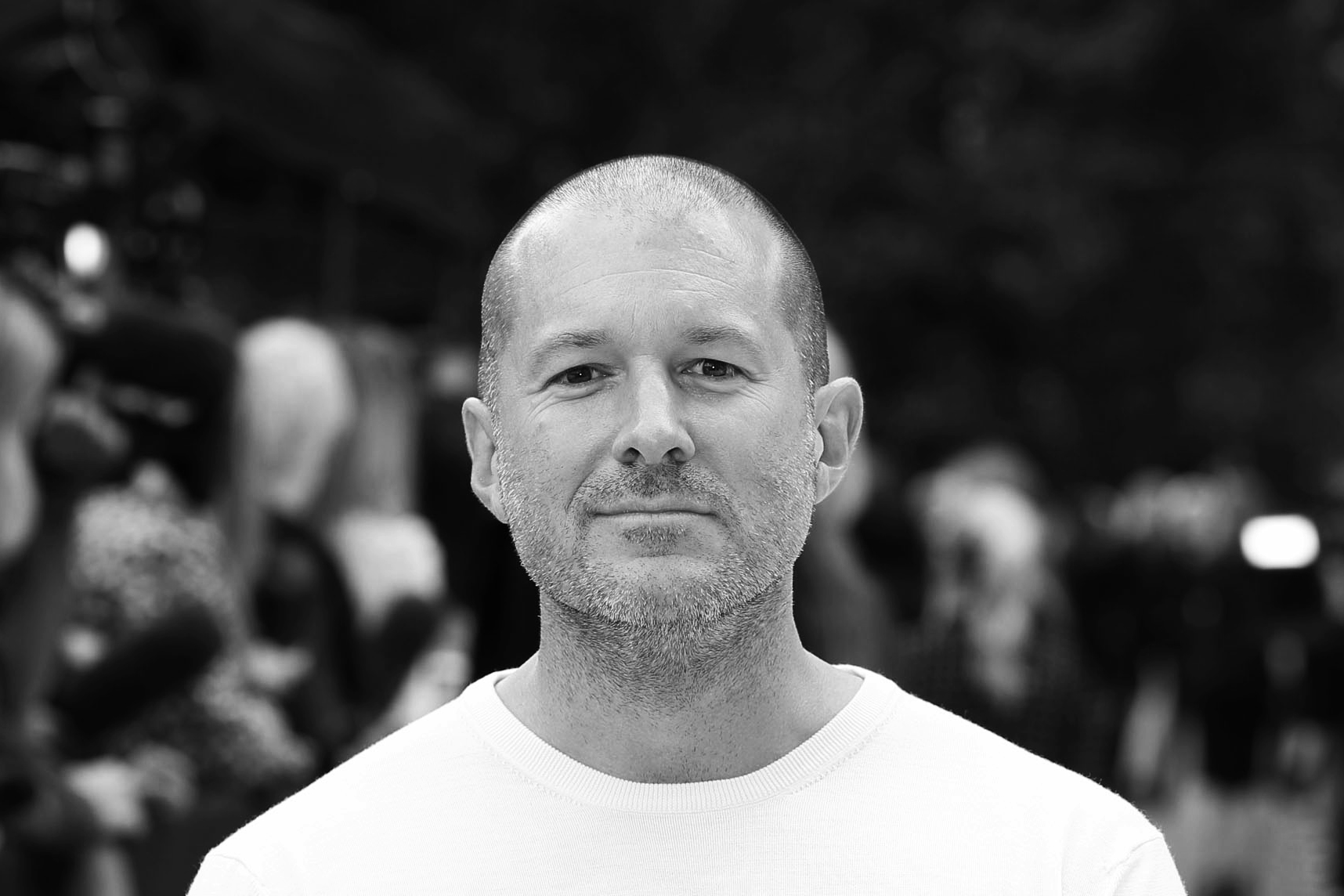
Jony Ive on the iPhone X: Apple ‘Completes a Chapter’ in iPhone History
Apple’s iPhone X made the list of TIME’s 25 Best Inventions of the Year, and the magazine sat down with Apple chief design officer, Jony Ive, to pick his brain on “the future of the smartphone.”

The iPhone X is certainly Apple’s most revolutionary iPhone yet, and to create it, the company has to take significant risks in its design and building process.
“There were these extraordinarily complex problems that needed to be solved,” says Ive.
Among these challenges was finding a way to create a smartphone without a home button, a challenge which Apple solved by implementing a number of specific swiping gestures on the display itself. When Apple’s designers are challenged, they look to the past for guidance.
“Paying attention to what’s happened historically actually helps give you some faith that you are going to find a solution,” says Ive. “Faith isn’t a surrogate for engineering competence, but it can certainly help fuel the belief that you’re going to find a solution. And that’s important.”
With the iPhone X, Apple had to leave a number a features and technologies behind, a decision that the Cupertino company doesn’t take lightly. According to Ive, it’s not necessarily a decision to get rid of an existing technology as it is a willingness to accept that what’s familiar is not always what is best.
“I actually think the path of holding onto features that have been effective, the path of holding onto those whatever the cost, is a path that leads to failure,” says Ive. “And in the short term, it’s the path the feels less risky and it’s the path that feels more secure.”
Behind these decisions, Apple’s fanatical attention to detail becomes evident. According to Ive, he considered both elements that iPhone users will immediately notice, such as the new Face ID feature, but also design elements that are more subtle.
“There are certain things that you’re very conscious of as a user, and other things that you’re aware of but subconsciously,” says Ive. “Perhaps the subconscious example is just the nature of the way the iPhone X’s display is integrated into the stainless steel and glass body.”
While the iPhone X is Apple’s most advanced phone ever, it is also its most expensive ever, and for Ive, the logic is straightforward – better technology is more expensive.
“As you would expect, there’s a financial consequence to integrating the sheer amount of processing power into such a small device,” he says.
According to Ive, Apple’s goal from day one, ten years ago, was to create a smartphone that is entirely screen. And while it seems that Apple has indeed reached its goal, he says that there’s a “clear vision” for what’s next from Apple. Or as Ive puts it, “This is just in some sense a completion of a chapter.”

